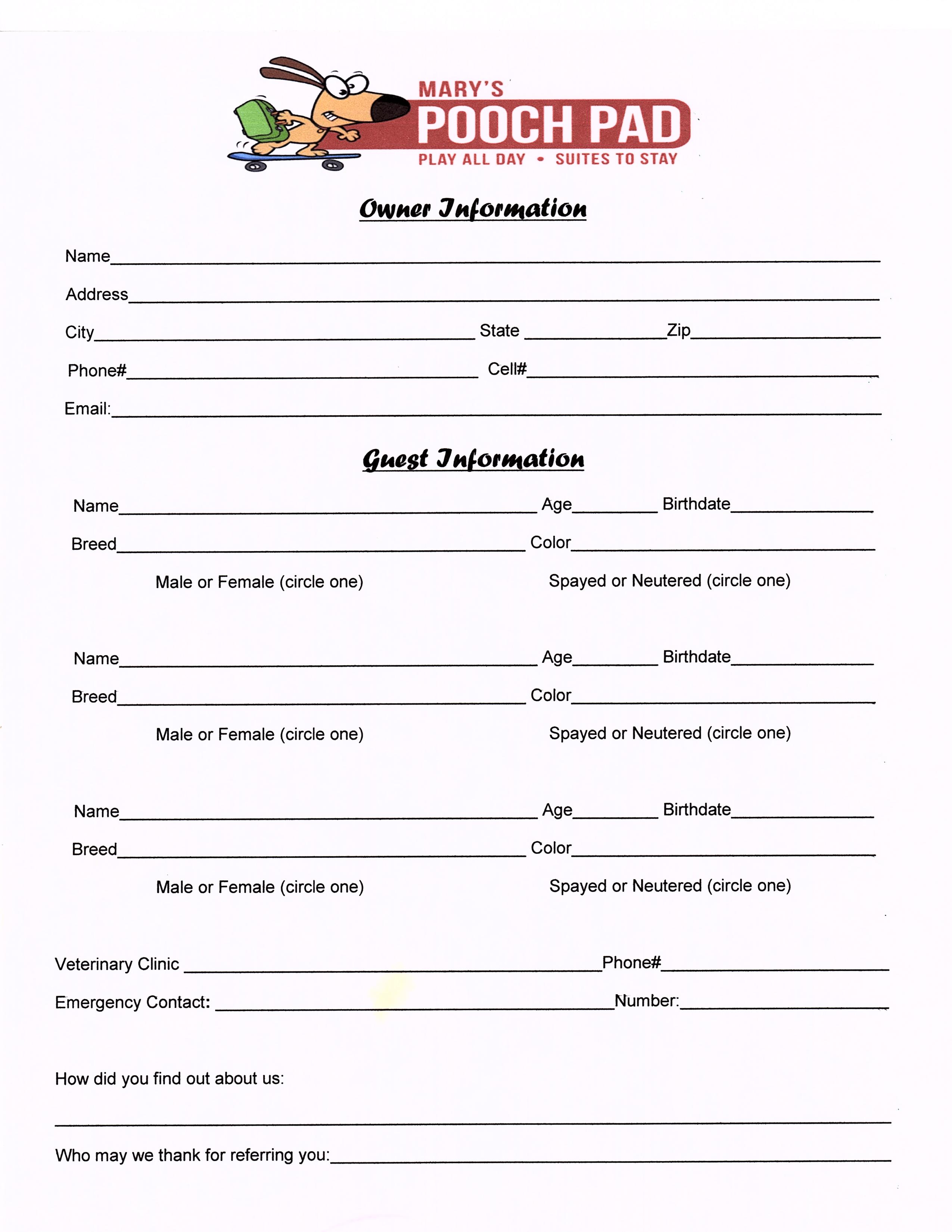5 Essential Tips for PA Paperwork Mastery

In the realm of physician assistants (PAs), paperwork is an unavoidable aspect of daily practice. Efficiently managing paperwork can significantly reduce stress, improve patient care, and ensure regulatory compliance. Whether you're a seasoned PA or just starting out, mastering PA paperwork is crucial. Here, we share five essential tips designed to streamline your administrative duties and enhance your productivity.
1. Prioritize Organization


The foundation of mastering PA paperwork lies in maintaining a structured system for all your documents. Here’s how:
- Categorize Documents: Use folders or digital files to categorize documents by type—patient records, referrals, lab results, billing information, etc.
- Establish Routine Filing: At the end of each day, allocate time to file documents or enter them into electronic systems.
- Create Checklists: For complex tasks like patient discharge, create checklists to ensure no detail is overlooked.
2. Utilize Technology to Your Advantage


Technology can revolutionize how you handle paperwork. Here are some ways to leverage it:
- Electronic Medical Records (EMRs): Transitioning to EMRs reduces paper clutter and improves data retrieval. Many EMR systems also have features like voice-to-text dictation for note-taking.
- Apps and Software: Utilize tools like Doximity for secure messaging or apps like Evernote for note-taking, which can sync across devices.
- Cloud Storage: Store documents securely in the cloud for easy access from any location.
3. Master the Art of Efficient Documentation

Efficient documentation not only saves time but also enhances the quality of patient care:
- Use Templates: Create or use existing templates for common procedures or patient conditions to expedite documentation.
- Focus on Essentials: Record only what is clinically significant. Avoid verbose narratives unless necessary.
- Adopt the SOAP Method: Subjective, Objective, Assessment, and Plan (SOAP) method helps in structuring your notes effectively.
💡 Note: Over-documentation can lead to legal and financial risks. Stick to relevant details.
4. Time Management Strategies


Time management is key to reducing the burden of paperwork:
- Block Scheduling: Set aside dedicated blocks of time for administrative tasks to avoid interruptions during patient care.
- Batch Processing: Deal with similar tasks together. For instance, handle all referrals or insurance claims in one go.
- Prioritize Tasks: Use tools like the Eisenhower Matrix to determine which tasks are urgent and important.
5. Stay Compliant with Regulations

Regulatory compliance ensures your practice remains in good standing:
- Continuous Learning: Stay updated with changes in healthcare regulations, particularly those affecting documentation.
- Use Guidelines: Familiarize yourself with and apply guidelines like HIPAA to protect patient privacy.
- Regular Audits: Conduct internal audits or use compliance software to check for adherence to regulations.
By implementing these five strategies, you can transform the way you manage your PA paperwork, ultimately benefiting both your efficiency and patient care quality. From utilizing technology to ensuring compliance, each step plays a critical role in your administrative success. Remember, mastering paperwork isn't just about keeping records; it's about optimizing your workflow for better patient outcomes.
How often should I review my filing system?

+
It’s beneficial to review your filing system quarterly or when significant changes occur in your practice or patient volume.
What are the consequences of non-compliance with healthcare regulations?

+
Non-compliance can lead to financial penalties, legal actions, loss of licensure, and damage to your professional reputation.
Can electronic systems really save time compared to paper records?

+
Yes, electronic systems can significantly reduce time spent on administrative tasks through automation, easy data retrieval, and less manual filing.
How can I ensure that I’m not over-documenting?

+
Follow guidelines from medical associations, use templates that stick to essential information, and focus on patient care and treatment outcomes.



